How to protect yourself from food poisoning
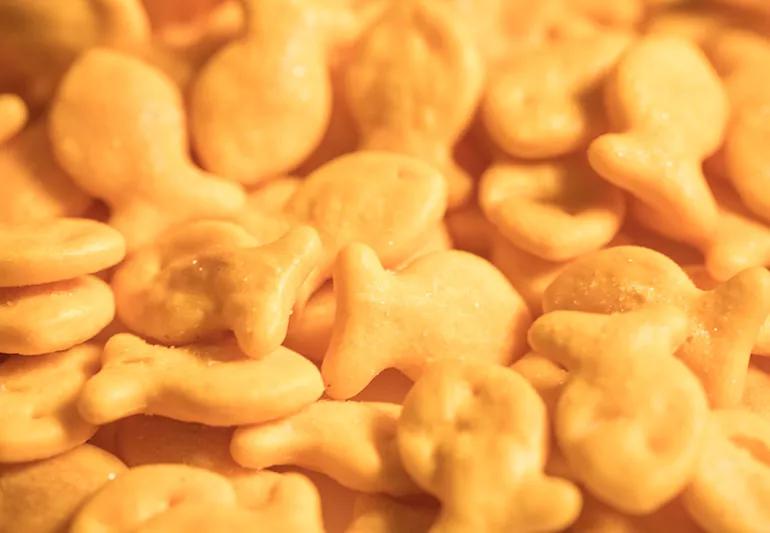
Think that food poisoning is only a risk with chicken that’s too pink or deviled eggs left on the picnic table too long? It turns out that salmonella, a type of bacteria that can cause foodborne illness, also can taint packaged snacks and cereals.
Advertisement
Cleveland Clinic is a non-profit academic medical center. Advertising on our site helps support our mission. We do not endorse non-Cleveland Clinic products or services. Policy
That’s what prompted a recall of kid-favorite Pepperidge Farm Goldfish® crackers, Ritz Crackers and Kellogg’s Honey Smacks® cereal. The key lesson: Just because food is processed and boxed or bagged for a long shelf life, that doesn’t make it bacteria-free.
“The safety of this food depends on the processing employed, the bacteria involved and quality control at the plant,” says infectious disease physician Alan Taege, MD. “Little is known thus far about how, or even if, salmonella has tainted some packaged foods. It may have occurred after processing, during packing.”
The ingredient being blamed for the current scare is whey powder, an additive used in flavoring. A frozen dinner, Swiss rolls and one brand of bread also have been recalled because they contain the whey powder. And there may be more recalls to come, says the U.S. Food and Drug Administration.
Salmonella, bacteria commonly in the intestines and feces of people and animals, causes about 1.2 million illnesses and 450 deaths in the U.S. per year, according to the Centers for Disease Control and Prevention. Most illnesses are due to eating contaminated food.
Food can become contaminated with salmonella when it comes in contact with animal or human waste, even in trace amounts. The bacteria can be found in:
Advertisement
If this list weren’t extensive enough, any food can contain illness-inducing bacteria if it’s touched by another contaminated food or unclean surface, utensil or hand.
How likely could you get sick by eating these foods? That’s uncertain, says Dr. Taege.
“Very young people, older individuals and those with weakened immune systems are more susceptible to salmonella poisoning,” he says. “It also depends on the amount of bacteria consumed.”
Symptoms of salmonella poisoning include:
Symptoms can show up 12 hours to three days after eating the tainted food.
“It’s difficult to tell food poisoning from other types of gastroenteritis,” says Dr. Taege. “Contact your physician if you have symptoms. Most symptoms will go away on their own within four to seven days. Occasionally, patients require antibiotics if symptoms persist.”
If you have symptoms or are around someone who does, keep your hands clean — especially before putting them near your mouth. Salmonella will be in the stool of the infected person and can spread due to improper hygiene.
Also, avoid food that is recalled and thought to be contaminated. Even if you have already eaten some of it, destroy whatever is left.
“Foods involved in recalls usually don’t appear suspicious or concerning,” says Dr. Taege.
Do not eat leftovers that have an abnormal appearance or odor. And always be wary of improperly cooked foods.
“The best way to avoid salmonella poisoning is to use proper food hygiene and properly cook and store food,” says Dr. Taege.
Advertisement
Learn more about our editorial process.
Advertisement

Keep cooked rice and pasta in your fridge — not on your counter — to help prevent this sneaky food poisoning
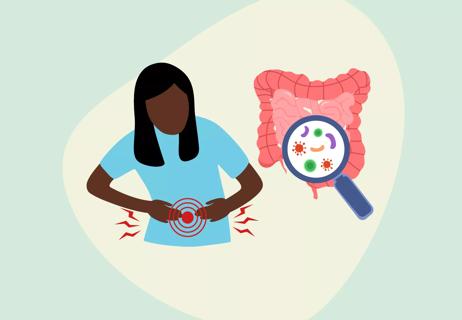
Food poisoning typically passes within 12 to 48 hours, with symptoms including diarrhea, nausea, stomach pain and vomiting
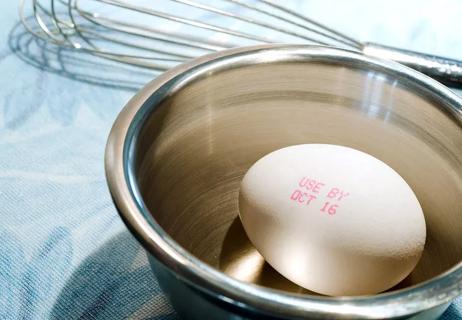
How long is it really safe to keep foods?
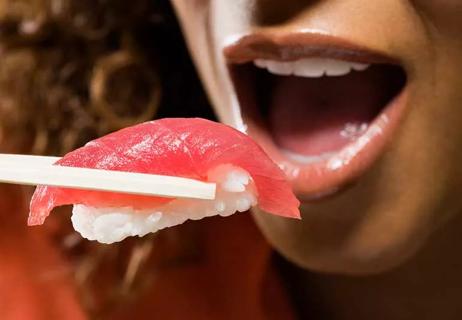
For most healthy people, raw fish is safe, but following safety guidelines is key
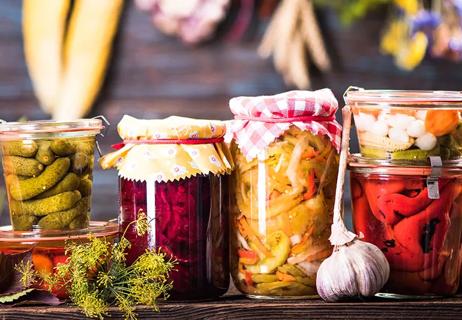
Check reviews, check labels and double check packaging

Time of onset and duration of symptoms tell the story

Cleanliness and food preparation precautions are the best defense against infection
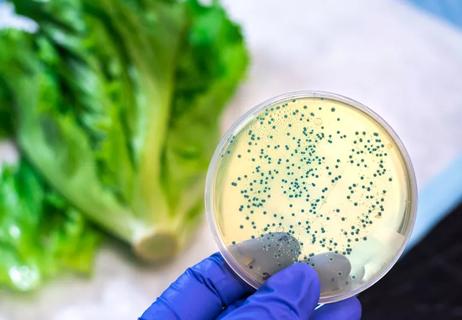
The short answer from a wellness dietitian

Type 2 diabetes isn’t inevitable with these dietary changes

Applying a hot or cold compress can help with pain